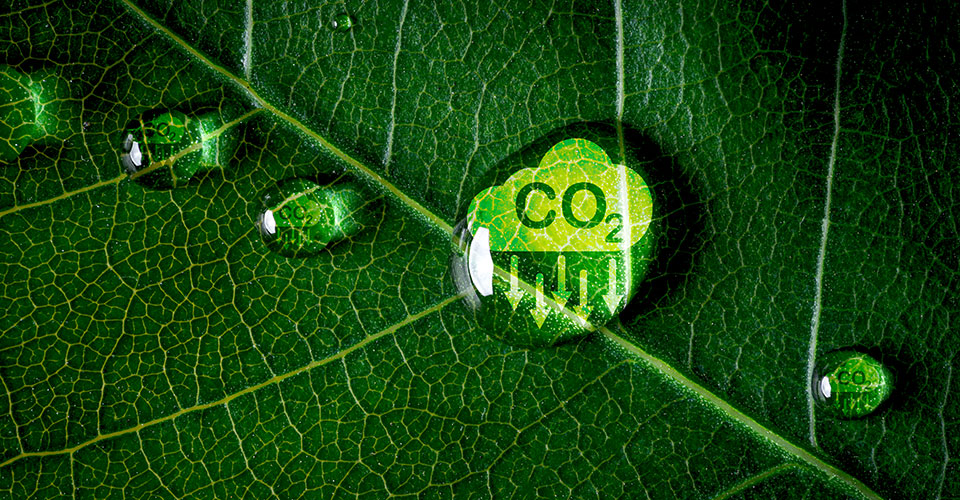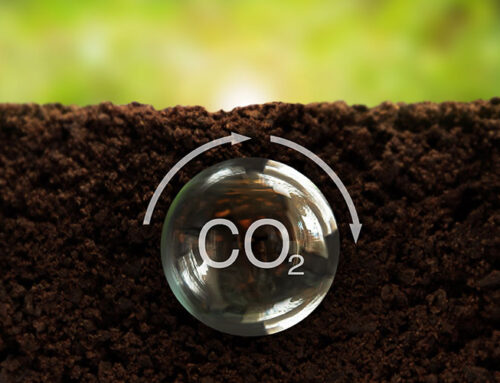Carbon Fertilisation Levels in Greenhouses
How to maintain CO2 concentration in greenhouses according to temperature, light, water status.
The concentration of CO2 in the atmosphere is more or less constant and is around 300 – 400 ppm.
Plants carry out the process of photosynthesis under appropriate light (energy for the reaction) and environmental conditions (reaction reactants: water level and CO2), fixing this carbon dioxide and generating sugars or assimilates used in the processes of respiration, cell division and growth.
Photosynthesis takes place in the chloroplasts of the stomata cells of the leaves, which regulate the exchange of gases with the environment.
The opposite process to photosynthesis is respiration, this process provides energy for all the other physiological processes of the plant, generating CO2 and water, and unlike photosynthesis which takes place during the day, respiration occurs throughout the day.
An adequate rate of photosynthesis results in sustained growth (increase in dry matter). The rate depends on:
- Temperature conditions
- Light
- CO2 concentration
- Water status
Any of these factors can act as a limiting factor, e.g. low light conditions, low CO2 concentration, high temperature, although it is the lack of light that is the most decisive factor as it is the most difficult to correct.
The aim of crop production is to obtain an optimal harvest in the shortest possible time, so it is vital to manage these three factors optimally.
How to apply these factors in greenhouse crops?
In the greenhouse industry, this aspect becomes even more relevant, given the thermal and light environmental conditions in which the production takes place.
If the CO2 concentration in a greenhouse falls below the average concentration in the environment, the photosynthetic rate will be significantly reduced.
Concentrations of 700-800ppm obtained by carbon enrichment increase the photosynthetic rate, the potential increases depend on each crop species, and there are maximum limits beyond which no benefit is obtained, as they cause the stomata to close.
Fixing rates of 4 to 8 grams per hour per square metre can be given as a benchmark, with an input of 8 to 20 grams per hour per square metre being considered for the sizing of enrichment plants.
Categorías
Últimas novedades
- This Christmas, agriculture takes shape at Novagric
- HORT2THEFUTURE. Oxygen irrigation to improve soils
- HORT2THEFUTURE. Oxygen irrigation to improve soils
- GREENFOLD. Foldable and Reusable Greenhouses
- DARkWIN. Project to improve crops in the face of climate change
- +PreVENT. Positive pressure system for ecological greenhouses
- Novagric develops Solidarity Agricultural Projects
- Carbon Fertilisation Levels in Greenhouses
- How to control the climate during carbon fertilisation
- i-GROW. Protected crop management support systemtivos protegidos




